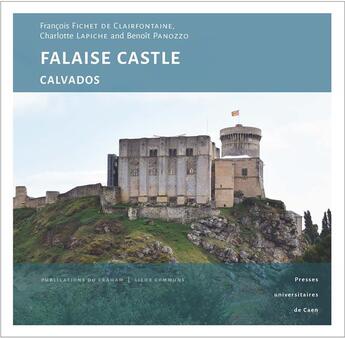-
Date de parution : 12/12/2019
-
Editeur :
Pu De Caen
-
EAN : 9782841339365
-
Série :
(-)
-
Support :
Papier
-
Nombre de pages : (-)
-
Collection :
(-)
-
Genre :
Histoire
-
Thème :
Histoire
-
Prix littéraire(s) :
(-)
Résumé:
What remains of the fortress that is said to have witnessed ?the birth of William the Conqueror? This castle accompanied the rise of Normandy since the early days of its foundation and was at the heart of the struggles against the king of France. Archaeological research revealed that every step... Voir plus
What remains of the fortress that is said to have witnessed ?the birth of William the Conqueror? This castle accompanied the rise of Normandy since the early days of its foundation and was at the heart of the struggles against the king of France. Archaeological research revealed that every step of its evolution was preserved in its walls. It was already up and running since the late 10th century. It was protected by a rampart and probably was dominated by a master tower. The years 1120 and 1180 saw the construction of the Great Keep, then the Lower Keep. Eleanor of Aquitaine and Thomas Becket took up residence there. Featuring a lodge as well as a large church dedicated to Saint Nicolas, this princely fortress was heavily fortified. At the end of the 12th century, its first round towers and large gatehouses were built. It was seized however by the troops of Philip II of France in 1204. In French Normandy, Falaise was the object of special care as the Talbot Tower was built there. During the 14th and 15th centuries, the castle was at the heart of the Hundred Years' War and housed many different activities. After the French Wars of Religion and the siege by Henry IV in 1590, it was stripped of any military role. In 1804, an imperial collège was established in its enclosure. The castle was later damaged during the battles for the liberation of Falaise in 1944 but enjoyed a gradual rebirth through its restorations and events.
Donner votre avis















